Not all dogs devour their meals the moment their bowl hits the floor. Some are surprisingly picky, turning their noses up at food that doesn’t meet their high standards. These fussy-eater dog breeds can challenge mealtime, leaving owners searching for creative ways to keep them well-fed and healthy.
What makes these dogs so selective? It could be their refined taste, sensitive stomachs, or simply a preference for variety. Unlike dogs that eagerly gobble up anything in sight, these picky pups demand more than just the average kibble. They might inspect their meals, eat only certain textures, or even refuse food entirely if it doesn’t appeal to them.
Whether it’s adjusting their diet, adding variety, or using clever tricks to spark their appetite, learning about these fussy-eater dog breeds will help you turn mealtime into a success rather than a struggle.
Fussy Eater Dog Breeds
1. Yorkshire Terrier

Yorkshire Terriers, or “Yorkies,” may be tiny, but they have big personalities and an equally refined taste in food. Weighing only 4 to 7 pounds, these feisty little dogs often develop strong preferences for specific textures and flavors, making mealtime a challenge for their owners.
Originally bred in England for hunting rats in textile mills, these dogs are now beloved companions worldwide, says Britannica. Their fine, silky coats require careful maintenance, and their tiny jaws make them prone to dental issues, which can further impact their eating habits.
Yorkies tend to be selective eaters, sometimes turning away from dry kibble in favor of more flavorful wet food. Yorkshire Terriers are notorious for begging at the table, eagerly eyeing anything their owners are eating, and they often seem to prefer human food over their meals.
Despite their picky tendencies, these dogs are highly energetic and require a well-balanced diet to sustain their playful nature. High-protein, nutrient-dense meals are essential to keep them in top shape.
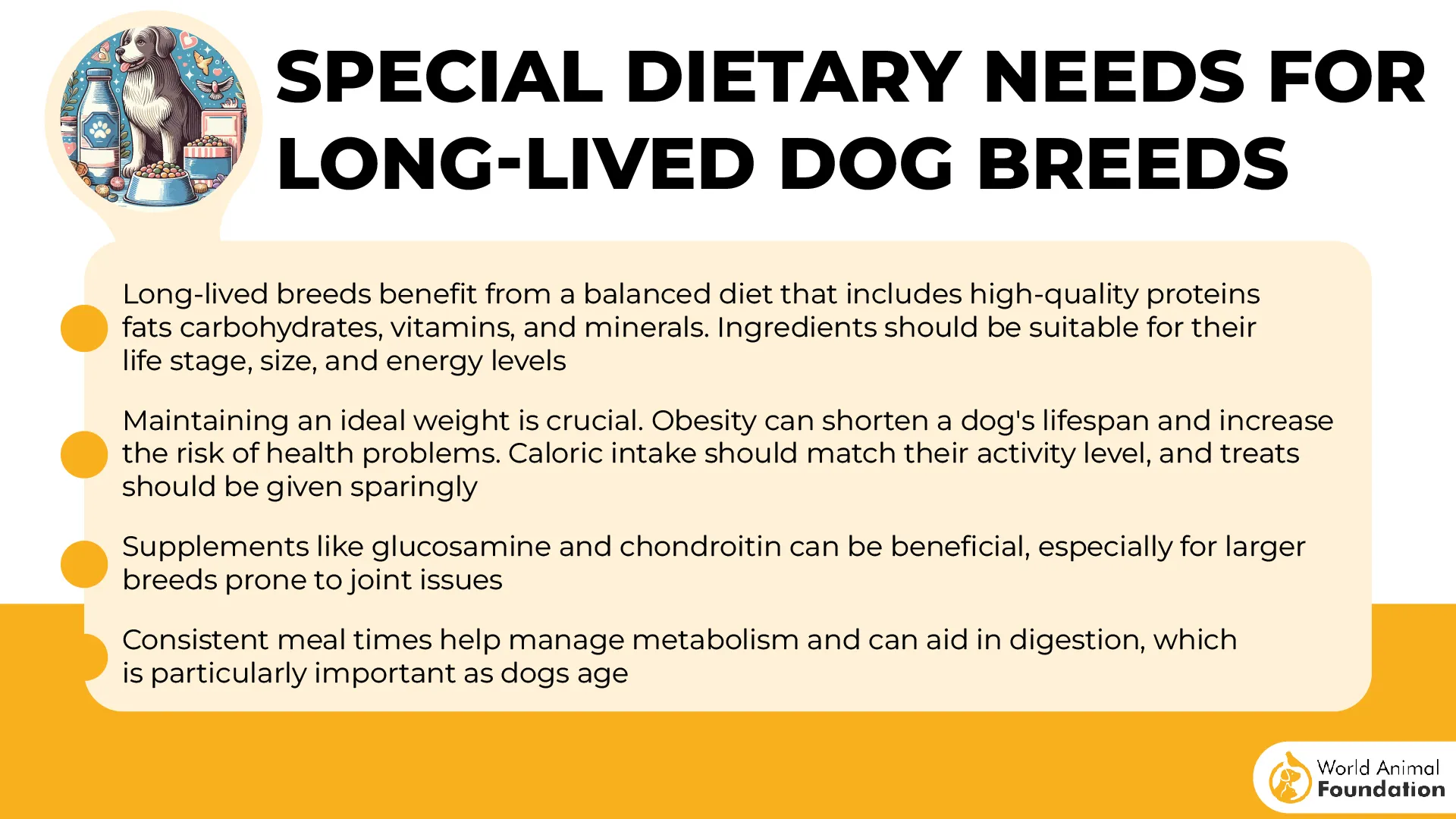
Their small size makes them suitable for apartment living, but they still need regular exercise to burn off their energetic nature. Training them requires patience, but they often respond well to positive reinforcement.
2. Maltese
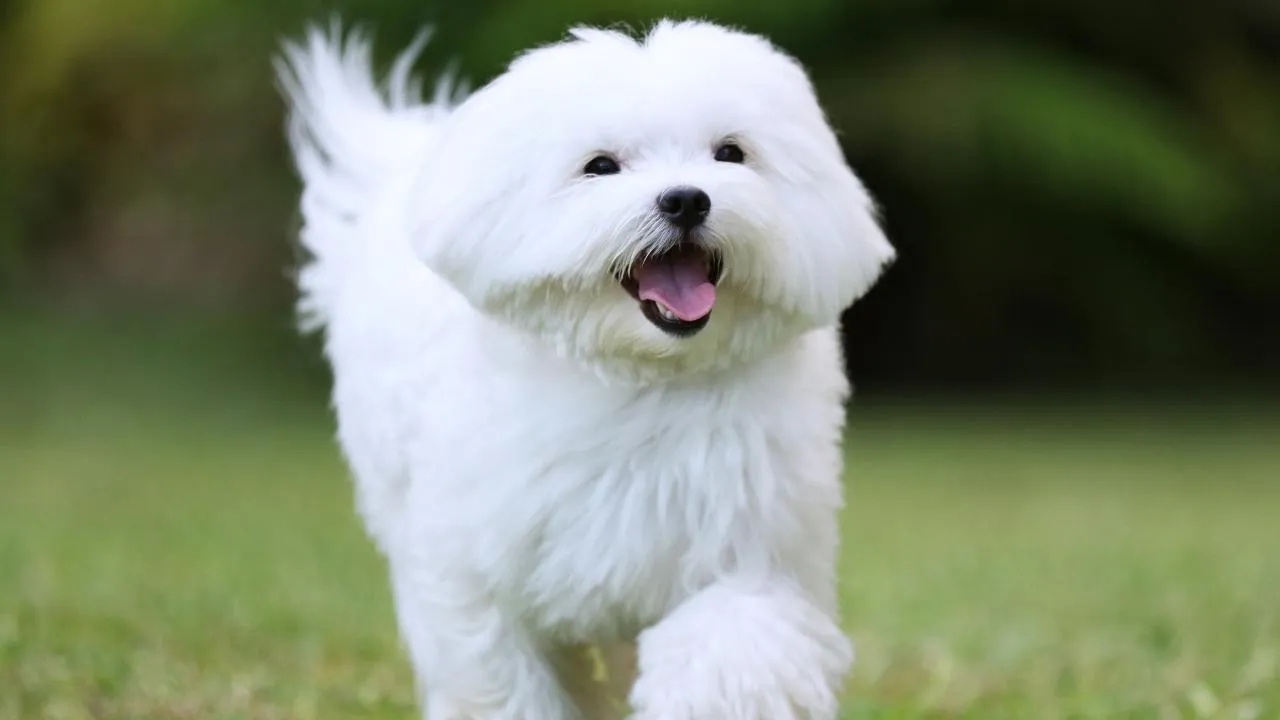
According to the AKC, the Maltese is a breed known for its luxurious white coat and regal demeanor, but behind that elegant appearance lies a dog with a surprisingly delicate stomach. Weighing between 4 and 7 pounds, these little dogs are often reluctant eaters, preferring fresh or home-cooked meals over standard kibble.
Historically cherished by European aristocracy, the Maltese has always been a lapdog, thriving on attention and affection. Their hypoallergenic coat requires frequent grooming, but their unique dietary preferences and needs can be just as demanding.
Maltese dogs can be particular about their food’s texture, often rejecting dry kibble unless it’s softened or mixed with something more flavorful. Adding warm water or a small amount of broth to dog food can make meals more appealing.
Despite their selective eating habits, they are playful and energetic dogs that require high-quality nutrition to maintain their long, silky fur and overall health. Owners must ensure they receive adequate protein and essential fatty acids.
Due to their tendency to become overly attached, they may develop separation anxiety if left alone for long periods. Maltese dogs also do well with gentle training techniques, making them an excellent choice for owners willing to invest time in socialization and routine care.
3. Shih Tzu

Shih Tzus, known for their charming personalities and flowing coats, can also be notoriously fussy when it comes to food. These small dogs, weighing 9 and 16 pounds, often develop strong preferences for certain flavors, sometimes refusing meals that don’t meet their high standards.
Originating from Tibet and later refined in China, Shih Tzus were bred as royal companions. Their brachycephalic (flat-faced) structure makes chewing difficult, contributing to their selective eating habits. Softened food or smaller kibble sizes for adult dogs are often necessary to accommodate their needs.
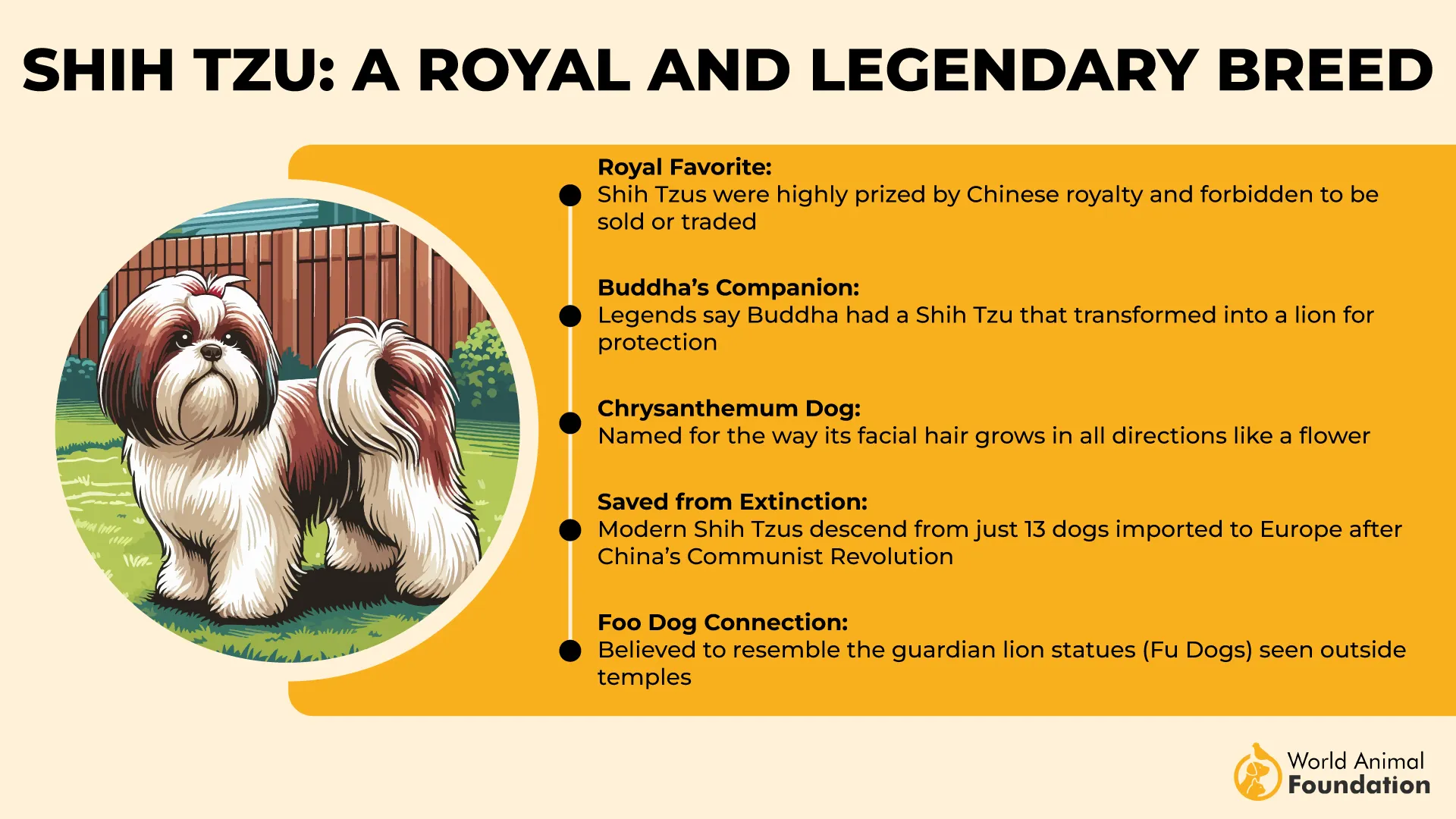
According to PetMD, Shih Tzus thrive on a balanced diet rich in protein and healthy fats, but they can be prone to weight gain if overindulged. Finding the right balance between tasty and nutritious can be a challenge for owners.
To encourage better eating habits offering a variety of flavors and textures can help, along with maintaining a consistent feeding schedule. Some Shih Tzus prefer hand-feeding, reinforcing their status as pampered pets.
They’re known for their calm demeanor around children and other pets, which makes them a popular choice for families. However, their long coat requires daily grooming to prevent tangling and mats.
4. Dachshund

Dachshunds, famous for their long bodies and short legs, are just as stubborn with their eating habits as they are with their attitudes. These clever little dogs, weighing between 16 and 32 pounds, are known to be selective eaters, often refusing food that doesn’t meet their exact preferences.
Originally bred in Germany to hunt badgers, these fearless dogs are highly intelligent and independent, which extends to their dining decisions. Some may hold out for more appetizing meals, rejecting plain kibble in favor of something tastier.
Dachshunds can be obese, especially if their selective eating leads to excessive treat consumption. Owners must be cautious not to overindulge them, as extra weight can strain their long spines.
Providing a variety of proteins and incorporating wet food or meal toppers can help keep them interested in their diet. Rotating flavors may also prevent them from becoming bored with their meals.
They’re naturally curious and adventurous, and their long bodies make them great for burrowing into small spaces, so they may be prone to mischief. Their alert nature also makes them great watchdogs, always looking for anything unusual.
5. Poodle

Poodles, whether Toy, Miniature, or Standard, are among the most intelligent breeds, and that intelligence extends to their eating habits. These dogs often become bored with repetitive meals and may refuse unappealing food.
With a history as water retrievers, Poodles are highly trainable and active, requiring a nutrient-rich diet to fuel their energy levels. Their curly, hypoallergenic coat also benefits from essential fatty acids and quality proteins.
Poodles can be sensitive to artificial additives, which may contribute to their picky eating habits. Many owners find that high-quality, natural ingredients encourage better eating behavior.
Offering variety is key—mixing in lightly cooked proteins, vegetables or even rotating food brands can help maintain their interest. Poodles often prefer a bit of novelty in their meals.
Poodles are incredibly versatile dogs, excelling as companions and in various canine sports and activities. Their intelligence makes them easy to train, and they often enjoy learning new tricks and tasks. They also love staying active and may participate in dog sports like agility or obedience trials.
6. West Highland White Terrier
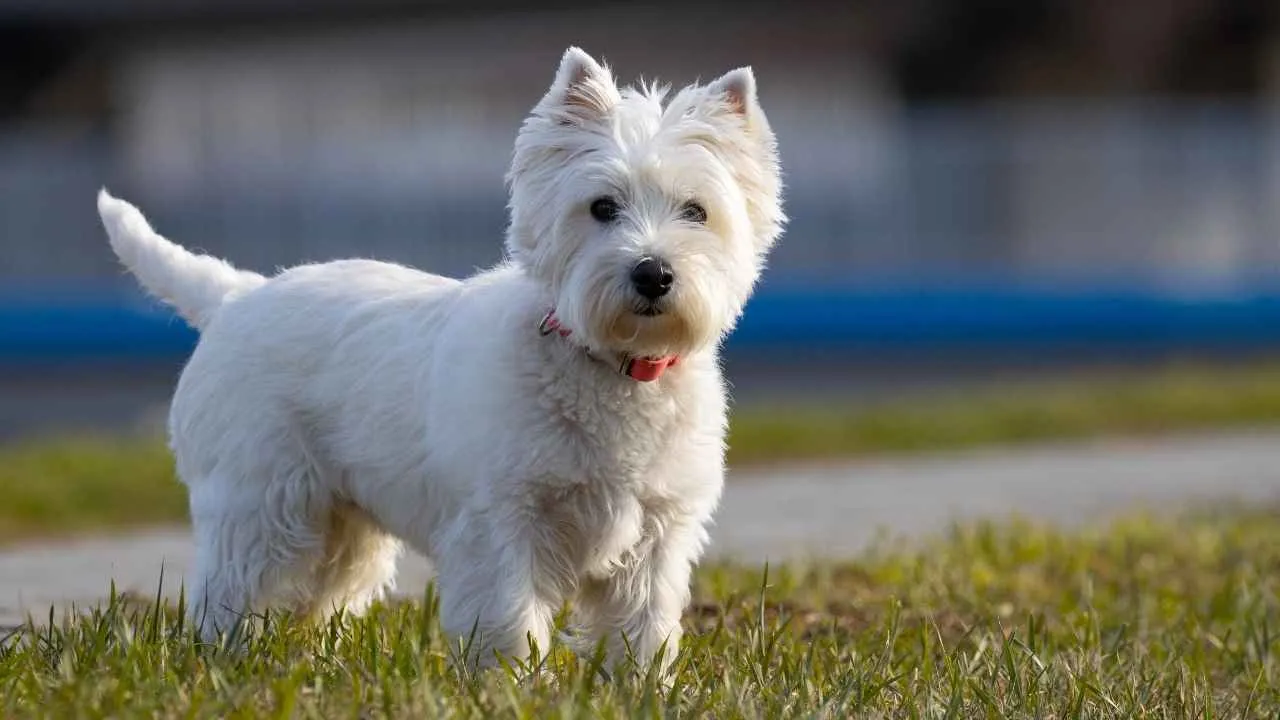
West Highland White Terriers, or Westies, may be small, but they have strong opinions about food. These sturdy little dogs, weighing between 15 and 20 pounds, often refuse meals that don’t suit their tastes.
Hailing from Scotland, Westies were originally bred to hunt rodents. Their independent nature makes them prone to food pickiness, and they may turn up their noses at meals that don’t excite them.
Westies have a dense, double-layered coat that requires a high-protein diet to maintain its texture and shine. However, they can be prone to food allergies, making it essential to choose ingredients carefully.
To keep their appetite engaged, offering a mix of textures, such as adding wet food to kibble or incorporating occasional fresh ingredients, can make mealtimes more appealing.
Westies are charming little dogs with a strong sense of independence, but they also form deep bonds with their families. Their alert nature makes them excellent watchdogs and are often more vocal than other small breeds.
7. Chihuahua
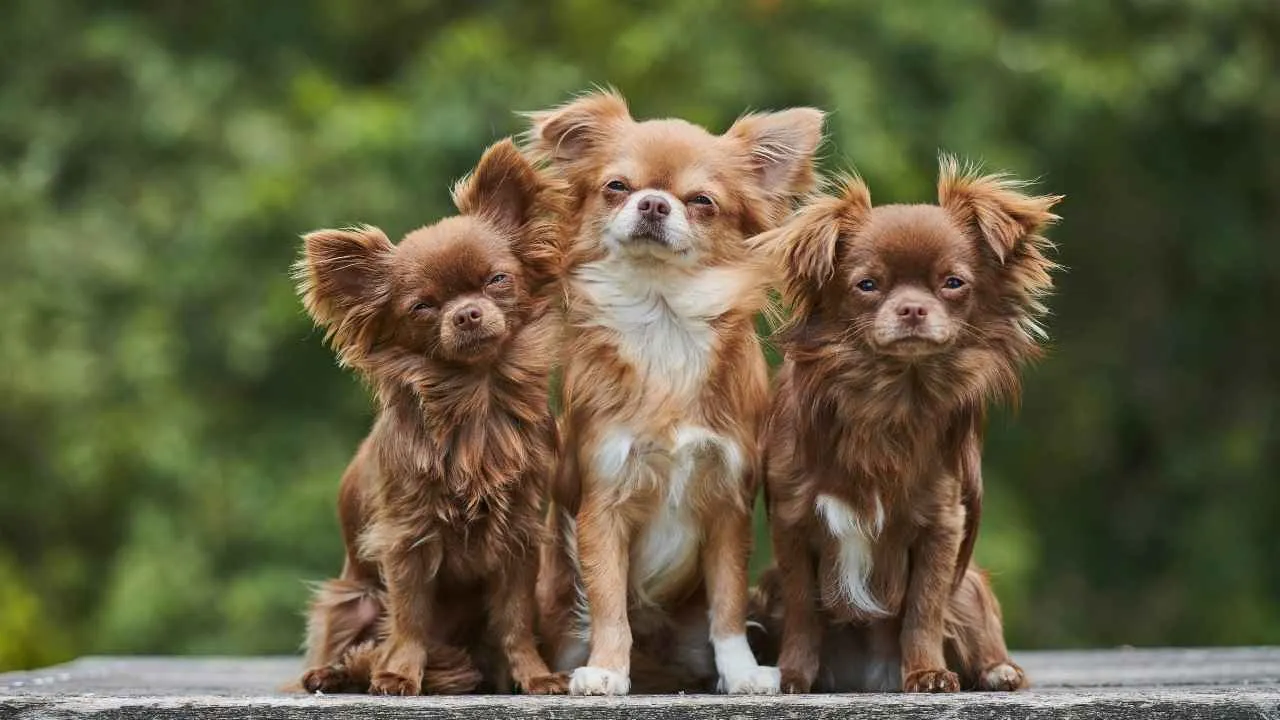
Chihuahuas, the smallest breed in the world, are often as picky about food as they are about people. Weighing between 2 and 6 pounds, these tiny dogs require a calorie-dense diet but may refuse unappetizing meals.
Originally from Mexico, Chihuahuas were revered by ancient civilizations for their companionship and loyalty. Despite their size, they have big personalities and strong preferences when it comes to food.
Chihuahuas may reject hard kibble due to their tiny jaws and sensitive teeth, making soft or small-bite options a better choice. They also tend to enjoy variety, so rotating between different proteins can help maintain their interest.
Given their high metabolism, Chihuahuas benefit from small, frequent meals. Owners should monitor portion sizes to prevent obesity, as their tiny frames cannot handle excess weight.
Chihuahuas are full of character, often displaying a bold attitude despite their small size. They can be fiercely loyal to their owners and may develop a bit of a “big dog” complex, thinking they can take on dogs much larger than themselves.
Conclusion
Helping a fussy-eater dog develop healthier eating habits requires patience, consistency, and a deep understanding of their unique preferences. Unlike most dogs that eat regularly, picky-eater dog breeds often turn their noses up at meals that don’t meet their expectations. Whether it’s a sensitive stomach, a preference for wet food, or an aversion to certain textures, finding the essential nutrients in a dog’s diet helps their well-being.
For dog owners, it’s important to rule out any medical conditions or dental issues that could contribute to your dog’s eating habits. Some dogs, like Bichon Frises and French Bulldogs, may develop selective appetites due to certain illnesses, while others might hold out for table scraps or more appealing options. Sticking to a well-balanced diet with whole food ingredients can encourage a picky dog to eat their food rather than seek out sneaky snacks.
Understanding the unique eating habits of fussy-eater dog breeds will help you create a feeding routine that keeps your pet healthy, satisfied, and eager for their next meal.


